Ever wondered why your grandmother’s old photo albums seem to attract tiny visitors, or why that vintage wallpaper in the attic is riddled with mysterious holes? The answer lies in a fascinating world where insects have developed extraordinary appetites for materials we never imagined could be delicious. From silverfish munching on centuries-old manuscripts to carpet beetles demolishing wallpaper paste, these creatures have turned our homes into their personal buffets. What drives these tiny invaders to feast on paper, glue, and paste with such enthusiasm? The science behind their dining preferences reveals surprising truths about insect biology, evolution, and survival strategies that might forever change how you view those creepy crawlies in your closet.
The Chemistry Behind Bug Attraction
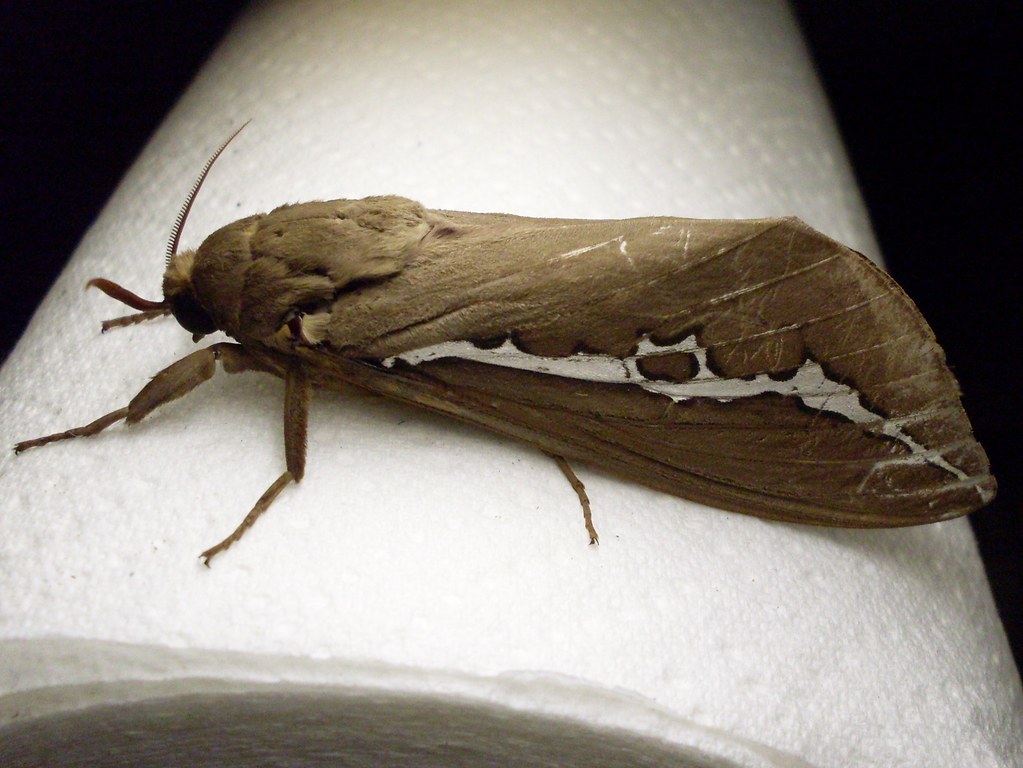
The secret to understanding why bugs love these household materials lies in their chemical composition. Paper, glue, and wallpaper paste contain organic compounds that insects recognize as food sources. Cellulose, the primary component of paper, breaks down into simple sugars that many insects can digest with specialized enzymes in their gut.
Starches and proteins found in traditional glues and pastes act like magnets for hungry insects. These compounds release volatile organic compounds that bugs can detect from considerable distances. The aging process actually makes these materials more appealing, as decomposition creates additional chemical signals that scream “dinner time” to nearby insects.
Modern synthetic adhesives often lack these attractive compounds, which explains why newer materials tend to suffer less insect damage. However, even contemporary products can contain traces of organic matter that determined bugs will seek out and consume.
Silverfish: The Ultimate Paper Predators
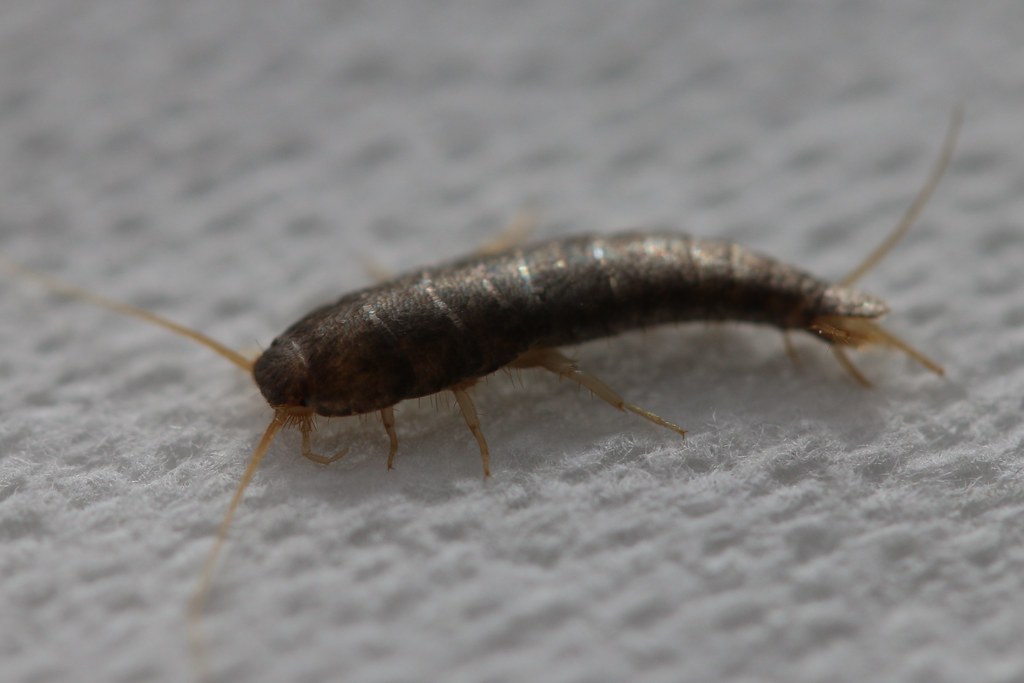
Silverfish deserve the title of champion paper eaters in the insect world. These sleek, silver-scaled creatures possess specialized digestive systems that can break down cellulose, making them perfectly equipped to consume books, newspapers, and documents. Their flattened bodies allow them to slip between pages and into the smallest crevices where paper might be stored.
What makes silverfish particularly destructive is their preference for aged paper with high starch content. Old books, vintage photographs, and historical documents contain sizing agents and adhesives that silverfish find irresistible. They can survive for months without food, but when they discover a paper treasure trove, they’ll feast continuously.
These nocturnal feeders leave behind characteristic irregular holes and yellow stains on paper surfaces. Museums and libraries consider silverfish among their most serious threats, as a single infestation can destroy priceless historical documents within weeks.
Carpet Beetles and Their Glue Obsession
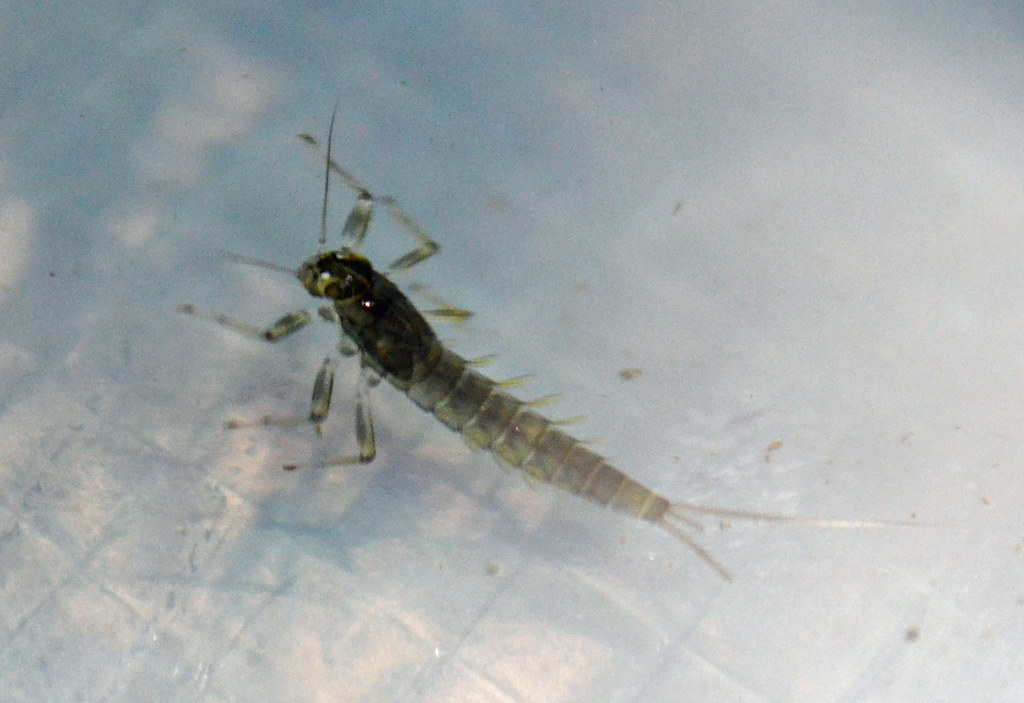
Carpet beetles might seem like they’d stick to carpets, but these versatile insects have developed a serious appetite for various household adhesives. Their larvae are particularly drawn to animal-based glues, which were commonly used in bookbinding and wallpaper installation decades ago. These glues contain proteins that provide essential nutrients for growing beetle larvae.
The varied carpet beetle, one of the most common household pests, can detect the protein content in old glues from remarkable distances. Once they locate a source, the larvae will tunnel through paper, fabric, and other materials to reach their protein-rich target. This behavior often results in mysterious holes appearing in books, photographs, and wallpapered walls.
Adult carpet beetles prefer to feed on pollen and nectar, but their larvae require protein for proper development. This dietary difference explains why you might find adult beetles near windows while discovering larval damage in storage areas containing old books or paper materials.
The Booklouse Phenomenon
Booklice, despite their name, aren’t actually lice at all but rather tiny insects that have made books their preferred habitat. These microscopic creatures feed on mold, fungi, and organic debris that accumulates in humid environments where books and papers are stored. They’re particularly attracted to the starch-based sizing used in paper manufacturing.
High humidity levels create perfect conditions for booklice populations to explode. They reproduce rapidly in environments with moisture levels above sixty percent, making basements, attics, and poorly ventilated storage areas their ideal breeding grounds. Once established, they can consume significant amounts of paper material, particularly the surface starches that make pages crisp and smooth.
These insects are so small that infestations often go unnoticed until serious damage occurs. Their presence indicates both moisture problems and organic material degradation, making them valuable indicators of environmental conditions that threaten paper preservation.
Why Old Materials Are More Appealing
Aging transforms ordinary paper and adhesives into insect delicacies through several chemical processes. As materials age, their molecular structure breaks down, releasing compounds that insects can more easily detect and digest. The breakdown of lignin in paper creates simpler sugars that many insects can process, while protein degradation in glues produces amino acids that support insect development.
Vintage wallpaper paste, often made from wheat flour and water, becomes increasingly attractive to insects as it ages and develops bacterial activity. This biological activity creates additional food sources and releases aromatic compounds that signal meal opportunities to nearby insects. The process is similar to how aged cheese becomes more flavorful through bacterial action.
Environmental factors like temperature fluctuations and humidity changes accelerate these aging processes, making stored materials in attics, basements, and closets particularly vulnerable to insect attack. The combination of chemical breakdown and environmental stress creates perfect conditions for insect infestations.
Termites and Their Paper Preferences
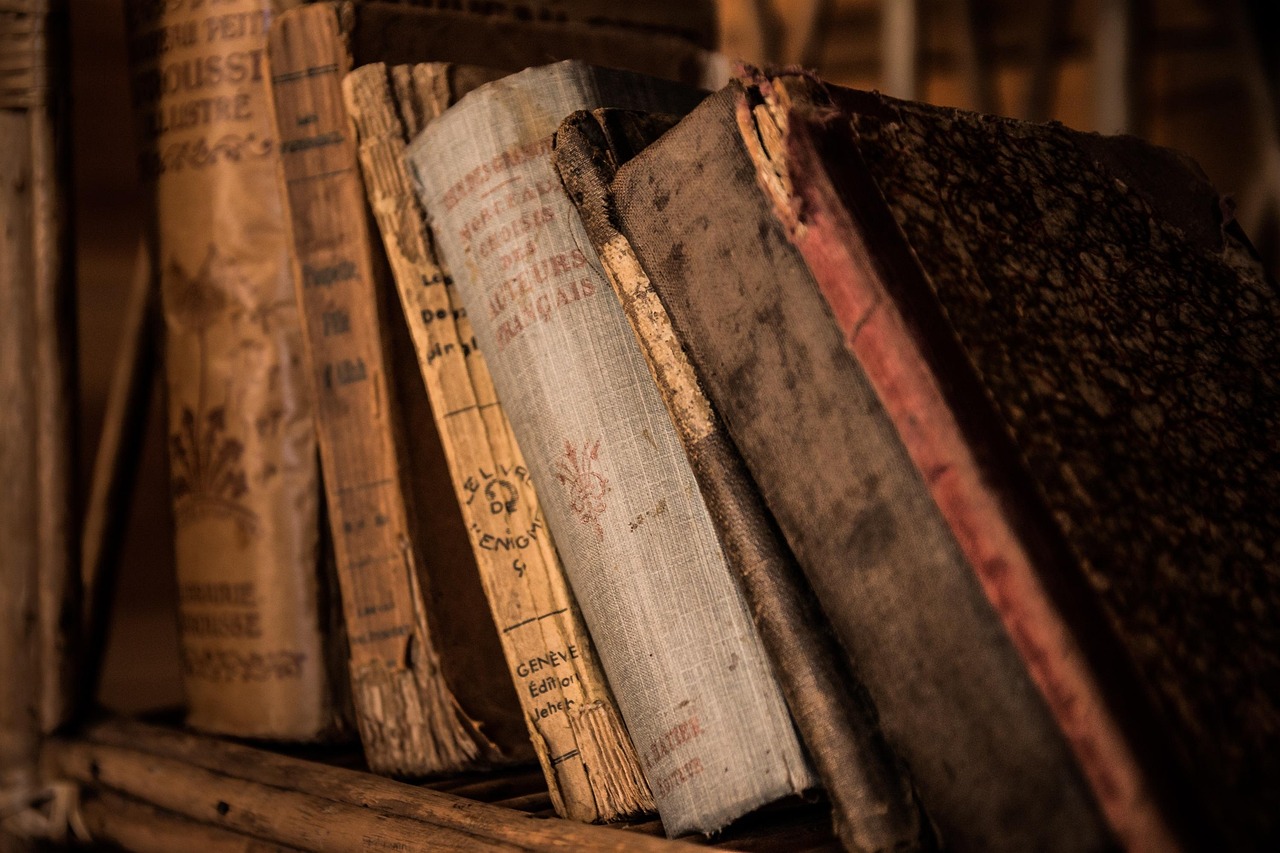
While termites are famous for eating wood, many species have developed strong appetites for paper products. Subterranean termites, the most common type in North America, can consume paper just as efficiently as they devour wooden structures. Their digestive systems contain specialized bacteria that break down cellulose, making paper an excellent food source.
Termites are particularly attracted to paper stored in humid conditions, where the material becomes softer and easier to consume. They often target cardboard boxes, newspapers, and documents stored in basements or crawl spaces. The insects create characteristic mud tunnels to access paper sources while maintaining the humid conditions they require for survival.
Professional pest control experts report that termite damage to paper documents and storage materials is often discovered only after extensive destruction has occurred. The insects work systematically, hollowing out paper materials from the inside while leaving surface layers intact, making detection extremely difficult.
The Role of Humidity in Insect Attraction
Moisture levels play a crucial role in making paper and adhesive materials attractive to insects. High humidity softens paper fibers, making them easier to digest and more palatable to various bug species. Many insects also require specific moisture levels for survival and reproduction, making humid storage areas ideal habitats.
Condensation in poorly ventilated spaces creates microclimates that support both insect populations and the mold growth that many paper-eating insects depend on. This moisture also activates dormant bacterial and fungal spores in organic materials, creating additional food sources that attract secondary insect populations.
Professional conservators understand that controlling humidity is essential for protecting paper materials from insect damage. They maintain storage environments at specific temperature and humidity levels that discourage insect activity while preserving the integrity of paper and adhesive materials.
Starch: The Universal Bug Magnet
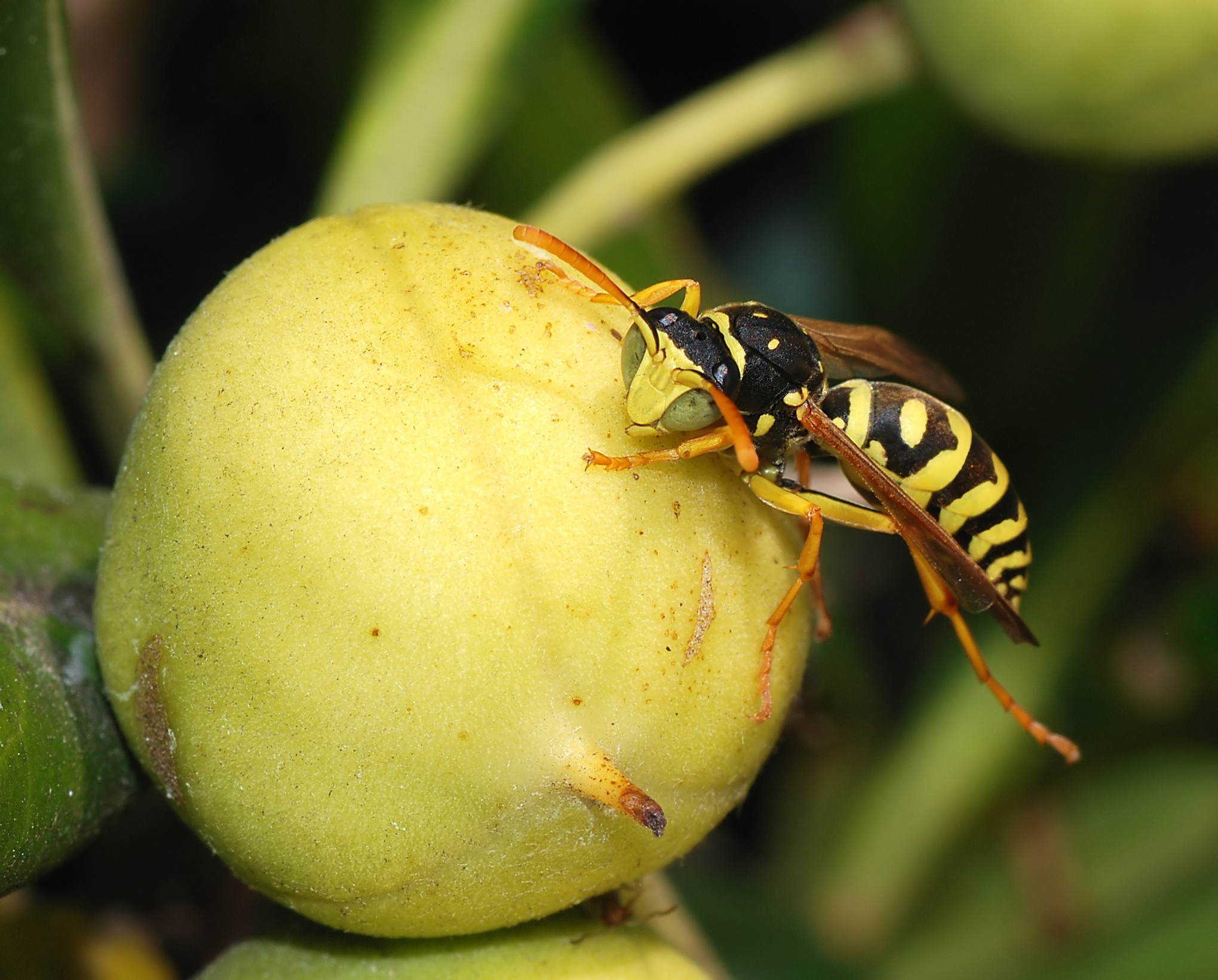
Starch content in paper, glue, and wallpaper paste acts like a universal attractant for numerous insect species. This complex carbohydrate provides essential energy for insect metabolism and can be broken down by enzymes present in many bug digestive systems. Historical paper manufacturing processes often used significant amounts of starch for sizing, making vintage materials particularly appealing.
Traditional wheat paste wallpaper adhesive contained high concentrations of starch, creating irresistible food sources for insects. Even modern papers contain some starch content, though synthetic alternatives have reduced the attractiveness of contemporary materials. Insects can detect starch concentrations through specialized sensory organs, allowing them to locate food sources with remarkable precision.
The enzymatic breakdown of starch in aged materials creates glucose and other simple sugars that insects can immediately utilize for energy. This process explains why some insects seem to prefer older materials over fresh alternatives, as aging increases the availability of readily digestible nutrients.
Protein-Rich Glues and Insect Development
Animal-based glues used in traditional bookbinding and wallpaper installation contain proteins essential for insect larval development. These proteins provide amino acids necessary for building insect body structures, making protein-rich adhesives particularly attractive to breeding insects. Hide glue, casein glue, and other animal-derived adhesives were standard in construction and bookbinding for centuries.
Insect larvae require significantly more protein than adults, explaining why young insects are often the most destructive to glue-containing materials. The protein content in these adhesives often exceeds what insects can obtain from plant-based food sources, making them premium nutrition sources for developing insects.
Modern synthetic adhesives generally lack these attractive proteins, which has reduced insect damage in contemporary buildings and books. However, restoration projects using traditional materials and techniques can inadvertently create new insect attractants when historical accuracy requires the use of animal-based glues.
Seasonal Patterns in Bug Activity
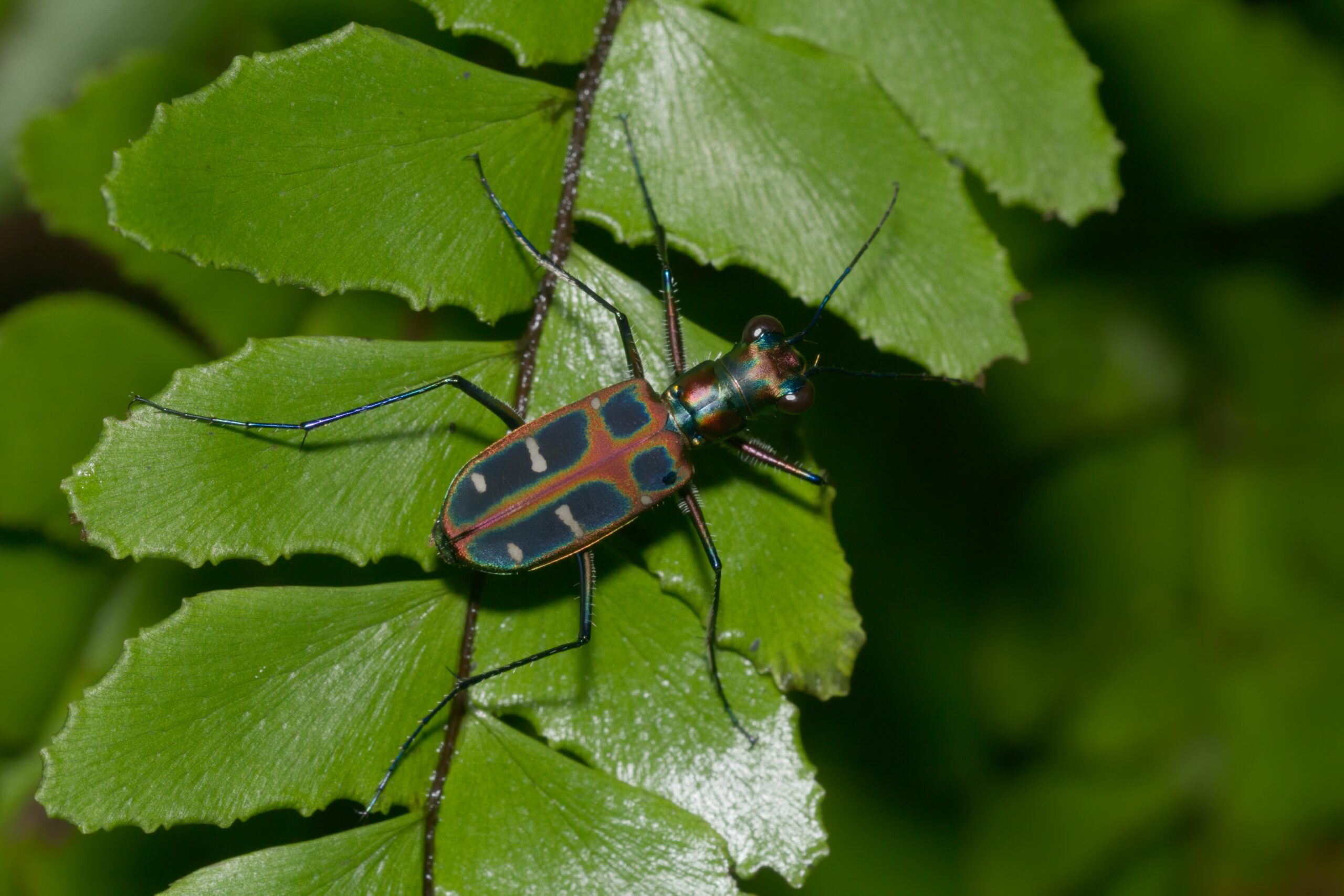
Insect activity around paper and adhesive materials follows predictable seasonal patterns that reflect breeding cycles and environmental conditions. Spring and summer months typically see increased insect activity as warming temperatures accelerate reproduction and foraging behavior. Many paper-eating insects emerge from winter dormancy with increased appetite and energy needs.
Fall often brings peak damage periods as insects prepare for winter by consuming large quantities of food and seeking protected overwintering sites. Storage areas containing paper materials become particularly attractive during this time, as insects seek both food sources and suitable hibernation locations.
Winter activity varies by species and geographic location, but heated indoor environments can support year-round insect populations. Climate-controlled buildings may experience continuous low-level insect activity, while unheated storage areas typically see reduced but not eliminated insect presence during cold months.
Natural Deterrents and Prevention Methods
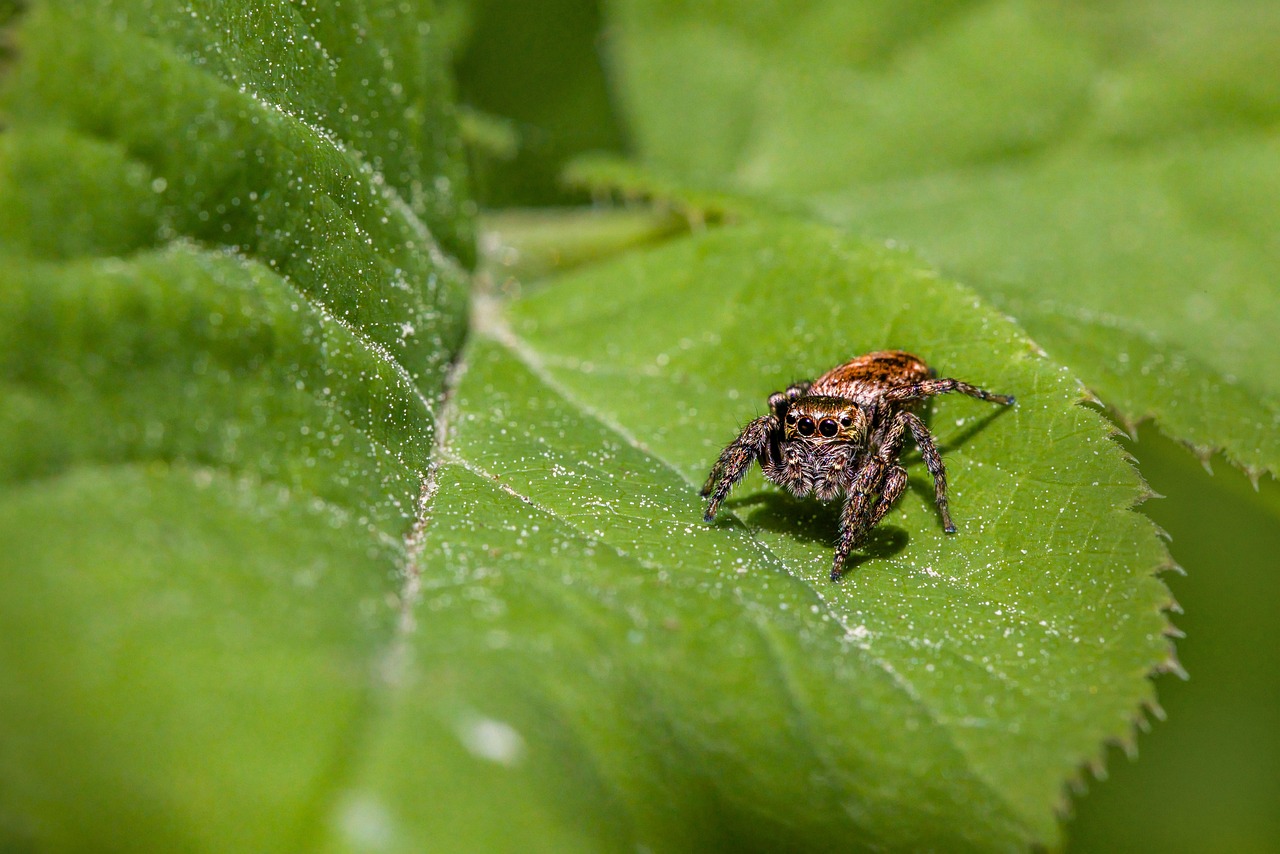
Several natural substances can effectively deter insects from paper and adhesive materials without using harmful chemicals. Cedar wood contains aromatic compounds that repel many insects, making cedar storage containers and sachets effective protective measures. Lavender, peppermint, and other essential oils create scent barriers that insects tend to avoid.
Diatomaceous earth, a natural powder made from fossilized algae, damages insect exoskeletons and creates physical barriers that deter crawling insects. This substance can be applied around storage areas and containers to create protective perimeters. Proper ventilation and moisture control remain the most effective long-term prevention strategies.
Traditional methods like freezing infested materials can eliminate active insect populations without chemical treatments. Many museums and libraries use controlled temperature treatments to address insect problems while preserving the integrity of historical materials.
The Evolution of Insect Dietary Preferences
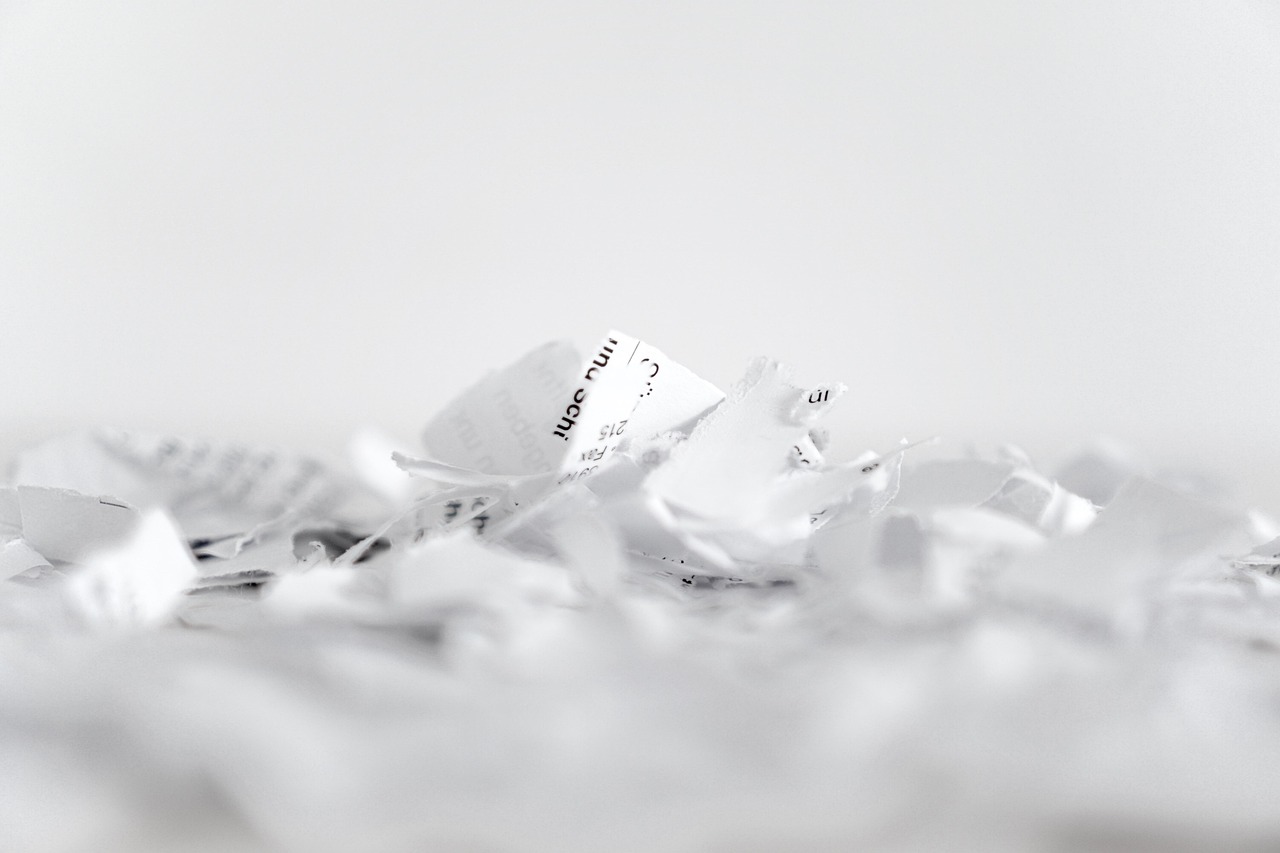
The ability of insects to digest paper and adhesive materials represents millions of years of evolutionary adaptation. Many paper-eating insects originally evolved to consume plant cellulose in natural environments, then adapted to exploit human-made materials containing similar compounds. This evolutionary flexibility has allowed insects to thrive in human-dominated environments.
Symbiotic relationships between insects and digestive bacteria have been crucial in developing the ability to process cellulose and other complex organic compounds. These bacterial partners produce enzymes that insects cannot manufacture themselves, creating mutual benefits that support both organisms.
Recent research suggests that some insect species are continuing to evolve in response to changing human materials and environments. This ongoing adaptation means that pest management strategies must constantly evolve to address new challenges and changing insect behaviors.
Understanding why insects are drawn to paper, glue, and wallpaper paste reveals the complex interplay between chemistry, biology, and environmental conditions that governs insect behavior. These tiny creatures have transformed human-made materials into dining opportunities through remarkable evolutionary adaptations and specialized digestive capabilities. The next time you discover mysterious holes in old books or notice tiny visitors around stored papers, remember that you’re witnessing millions of years of evolutionary success in action. What other everyday materials in your home might be serving as unexpected insect restaurants?

